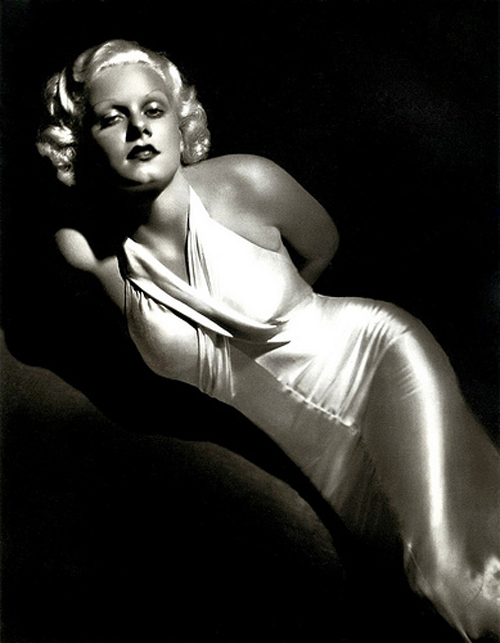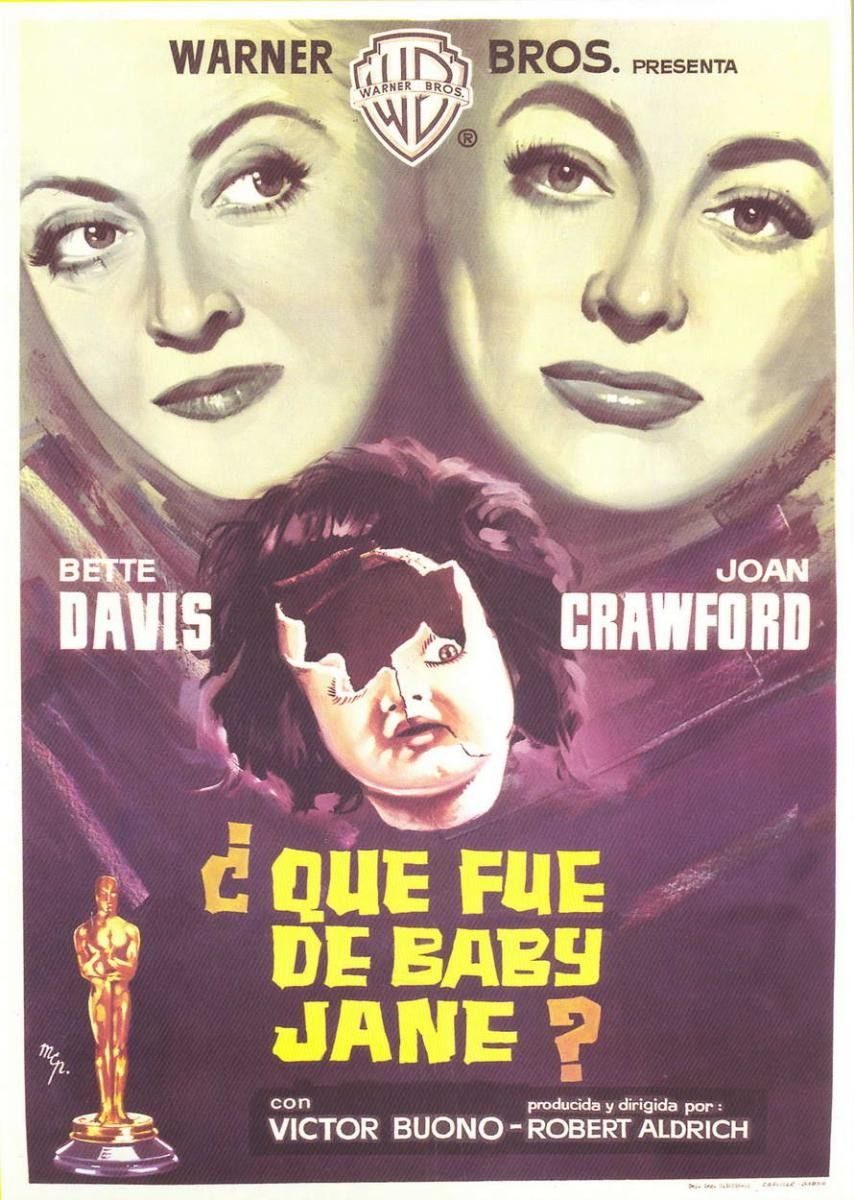by KEM Huntley
Within walking distance, is the North Hollywood Amelia Earhart Regional Library. Scanning its NoHo calendar, I am lured in by a recent literary event vignette:
“King Tut, the invention of the automobile, a TV game show, and a tiny cactus parasite all profoundly affected the face we show the world. How did red lipstick impact the women suffrage movement? With seemingly unrelated trivia, DeBus reveals odd connections and presents some of her vintage makeup collection.”
I am most intrigued to visit the one-story Spanish Colonial Revival style stucco Mission style library that honors our most famous aviatrix. Its humble beginnings—two bookcases housed in a corner of the City of Lankershim’s post office.
With a stylish air and natural flair for storytelling, San Fernando Historical Society Board Member Maya DeBus presented, “History & Make-up: ‘How Events Shaped How We Look: Intriguing, Whimsical, and Little-Known Connections.’”
Ms. DeBus opened with the acknowledgment that embellished faces are global, attributed to religion, magic, power, and sometimes—witchcraft. She showed the Norman Rockwell “Girl at Mirror,” to point out how we gaze at our blank slates, dreaming of a transformed state. (Fun Fact, my second . . . maybe third . . . cousins modeled for at least two of The Saturday Evening Post covers. One as twins. Great Uncle Edwin Eberman co-founded The Famous Artists School with this Americana Life’s gent.)
Ms. DeBus subscribes to the notion that “Red Lips Kiss My Blues Away”— a sentiment to which I concur. “Cosmetic” comes from the Greek word, kosmētikḗ, “the art of dress and ornament. The art is ancient, and Ms. DeBus fascinated the crowd as she regaled tales of Queens Elizabeth and Victoria, actresses and ladies of the evening, painted ladies, and “Blue Bloods”—society ladies faces paled with products such as Dr. Campbell’s “Arsenic Complexion Wafers,” who drew blue lines on the sides of their faces to indicate veins.
Ms. Debus ordered the art of the artifice both chronologically and by facial features. Inside this California native’s bag of tricks and historical tidbits (also known as the “ring purse”), included intel on Max Factor, who was originally a wigmaker in Imperial Russia. After emigrating to first NY then LA, he discovered the need for film stars to wear something other than theatrical make-up, aka “grease paint” under the blaze of hot camera lights. The make-up spells he created so well oftentimes “disappeared” on set, compelling Max to set up shop in Hollywood.
Further factoids include New York City’s Suffragette’s paraded wearing red lipstick supplied by ardent feminist Elizabeth Arden. Plus, the cochineal insect, essentially produces carmine that deters predation, and used for red lipstick—oftentimes used for the same purpose.
Ms. DeBus has not yet published her findings; however, she is looking forward to receiving kTVision’s 4th Grade teacher’s field trip report: MayaSpeaks@aol.com. Perhaps I can tease her purple prose into a polished, published piece of true art. Or, I can just steer her towards Bésame Cosmetics in Burbank. Founded out of a fascination with art, history, and beauty by artist, cosmetic historian, and designer Gabriela Hernandez; her chic boutique boasts a “. . . vintage makeup brand which honors the style, spirit, and sensibility of female beauty.” Not to mention, she wrote the book, Classic Beauty: The History of Makeup.
I wear House of Bésame’s 1941 inspired gilded, lipstick bullet, “Victory Red.” My glam gram, Bow Bow, once the object of Oscar Hammerstein the II’s affection, would be pleased prettily.
Postscript” “Collage is not all that she does,” was the first snippet of conversation I overheard in room of perhaps twelve library patrons. Completely random and in no way in regard to Ms. DeBus; however, an epitaph I may use for a future grave marker.


